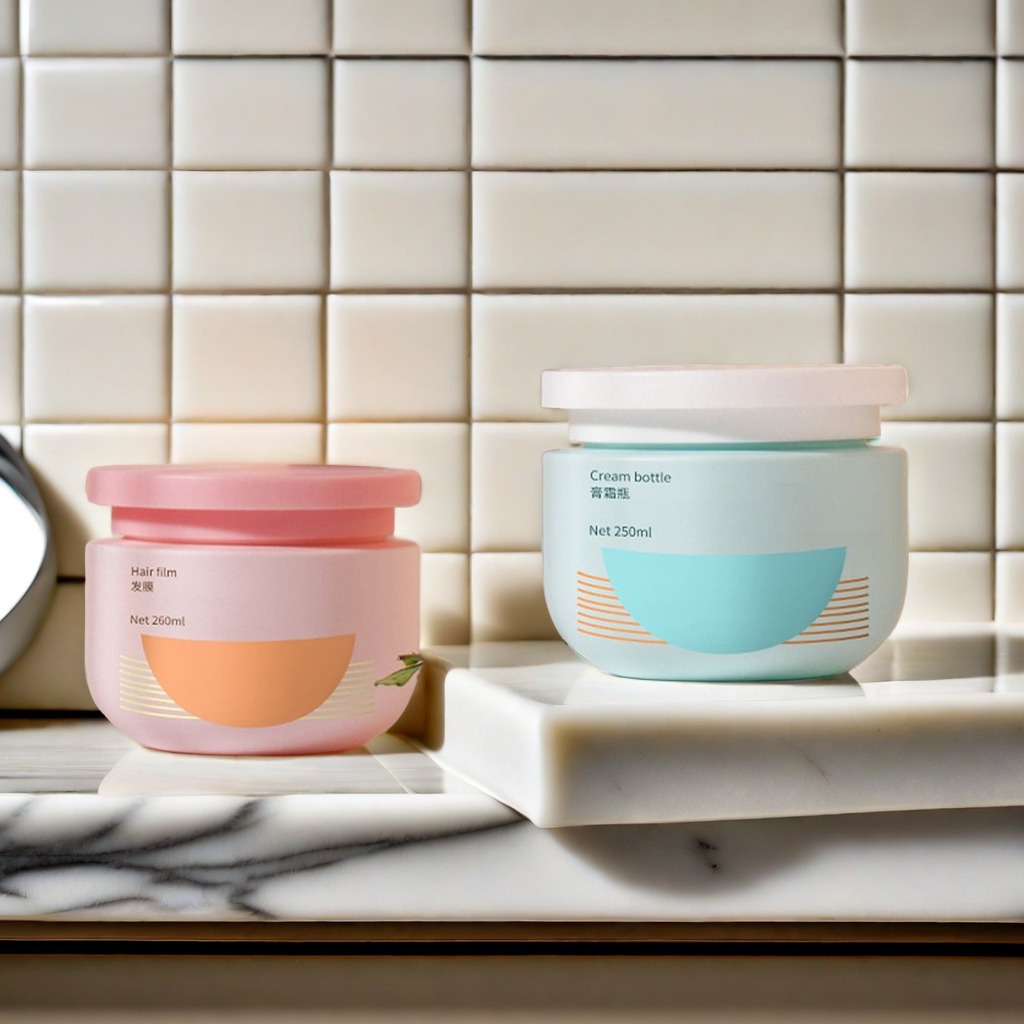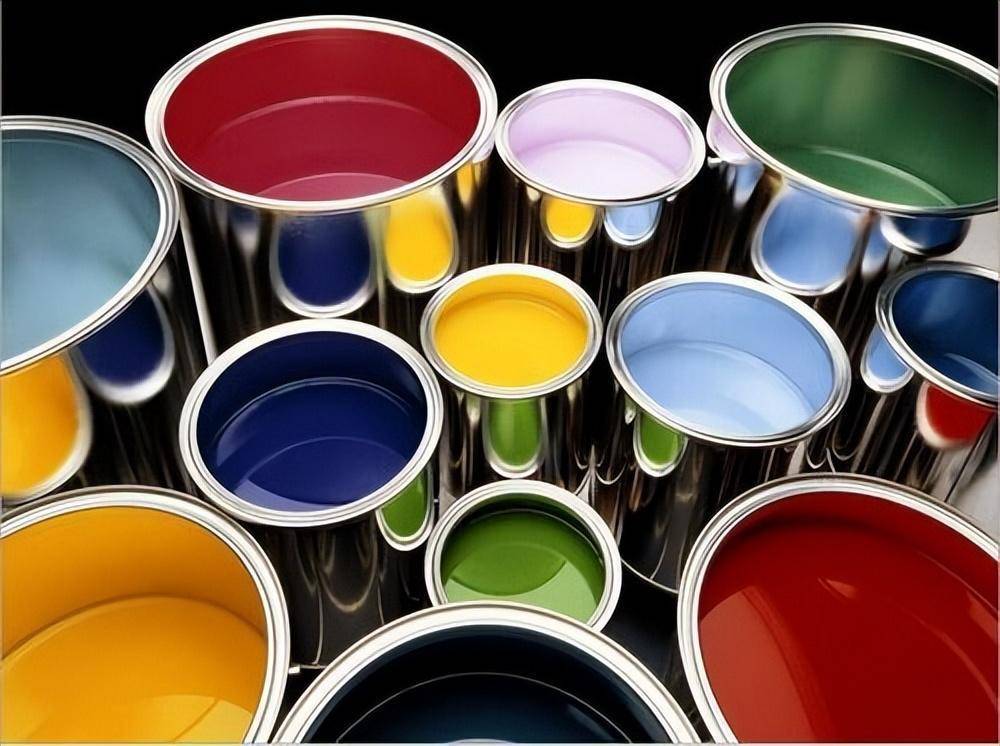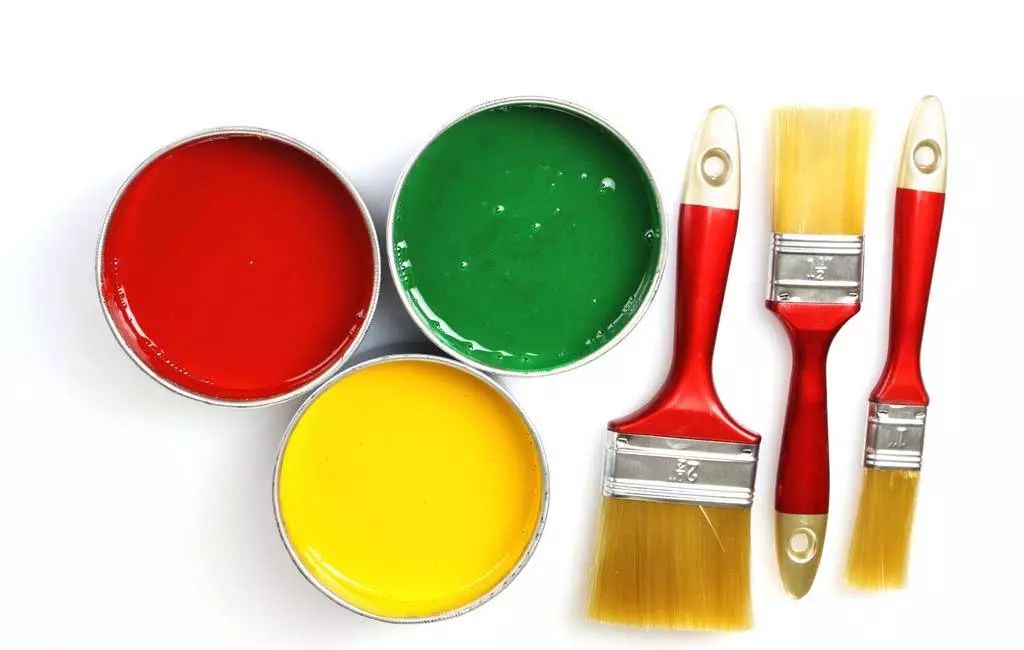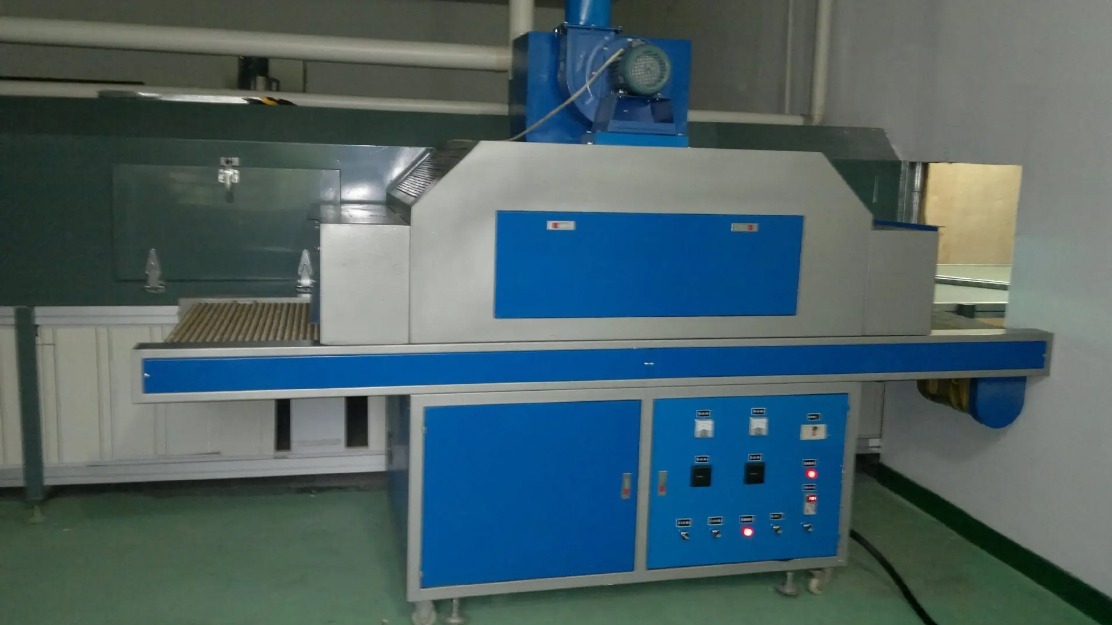

In the realm of printing, particularly in the cosmetic packaging industry, the type of ink used can significantly impact the quality and durability of the final product. UV inks have become increasingly popular due to their fast curing times, environmental benefits, and versatility in various packaging materials, such as packaging and plastic packaging. These inks are commonly used in offset printing, emboss printing, screen printing, and flexographic printing for a wide range of skincare packaging applications, from bottles to cosmetic jars.
UV Ink refers to a type of ink that cures (or dries) instantly under ultraviolet light, making it especially useful in cosmetic packaging decoration. This rapid curing process results in brighter colors, higher precision, and a durable finish that withstands handling and exposure. In the cosmetics industry, UV inks are particularly beneficial when used on materials like glass or plastic for skincare packaging where clarity, color vibrancy, and durability are essential.
Definition of UV Ink:
UV stands for ultraviolet, a type of light invisible to the human eye, with a wavelength between 10 and 400 nm.
UV ink refers to ink that instantly cures when exposed to UV light.

Fast Drying: UV inks cure in seconds under UV light, speeding up production times and improving efficiency.
Cost-Effective: The small footprint of UV printing equipment saves space and reduces costs in operations like screen printing and offset printing for skincare packaging.
Energy Efficiency: UV printing is more energy-efficient than traditional drying inks, reducing overall energy consumption.
No Skinning: UV inks do not form a skin or dry in the ink fountain, which helps reduce waste and ensures consistent performance across printing runs.
Good Color Stability: UV inks maintain their color vibrancy and stability over time, making them ideal for cosmetic packaging that needs to retain its aesthetic appeal.
Fine Print: The small pigment particles allow for the printing of intricate designs, perfect for the printing of logos and designs on cosmetic containers.
Low Odor and VOC-Free: UV ink emits little odor and contains no volatile organic compounds (VOCs), making it an eco-friendly choice for packaging.
UV inks are composed of several critical ingredients that work together to create a high-quality print:
Pigments: Provide color and opacity, ensuring that the designs on skincare packaging stand out.
Oligomers: These provide the ink with a stable structure and enhance durability.
Monomers: Used to adjust the viscosity of the ink and ensure it flows easily during printing.
Photoinitiators: These are activated by UV light and help the ink cure instantly.
Additives: Include agents that improve gloss, viscosity, and printability.

The curing process of UV ink is crucial in creating durable and attractive cosmetic packaging. When exposed to UV light, photoinitiators in the ink absorb energy, producing free radicals that react with the resins and monomers, causing them to crosslink and harden. This ensures that the printing on glass packaging and plastic packaging remains intact and vibrant, even with exposure to handling and external elements.
UV Light Sensitivity: UV inks require specific wavelengths of light (typically between 180-420nm) to cure properly.
Ink Thickness: A thicker ink layer can affect curing time and finish, which is particularly important when printing embossed designs or coating skincare packaging.
Surface Preparation: Pre-treatment of substrates like plastic film or glass bottles ensures better ink adhesion and curing.
Temperature: Extreme temperatures can influence the viscosity and performance of UV inks.

Offset Printing: Ideal for fine-detail printing on paper, cardboard, and some plastics. UV offset printing allows for crisp, clean images with enhanced durability, perfect for high-quality cosmetic packaging. By selecting the right pigments and resin formulations, UV offset printing ensures that cosmetic packaging can retain its elegance through different handling conditions.
Flexographic Printing: Widely used in plastic packaging and cosmetic containers like tubes or clamshell packaging, UV flexo is suitable for high-speed production with versatile substrate options, from paper to plastic. The flexographic printing process uses UV inks to print on non-absorbent materials, such as plastic films or foils, which are common in skincare packaging.
Screen Printing: UV screen printing is particularly effective for decorating glass packaging like serum bottles and jars. The high film thickness achieved in screen printing provides excellent coverage and durability. The embossed printing effect created with UV inks is also widely used to add texture to cosmetic packaging, giving it a luxurious feel and enhancing its appeal.
UV ink is widely regarded as an environmentally friendly printing option, especially when compared to traditional solvent-based inks. UV inks emit minimal fumes, contain no VOCs, and are eco-friendly in terms of both production and disposal. This makes UV ink a top choice for companies like Yafeng Packaging, which specialize in skincare packaging and are committed to sustainability.
As the demand for high-quality cosmetic packaging continues to grow, UV ink is playing a vital role in meeting the needs of the industry. Whether used in screen printing, offset printing, or flexographic printing, UV inks offer fast curing times, enhanced color stability, and a durable finish—qualities that are essential for skincare packaging and cosmetic containers. As Yafeng Packaging and other packaging manufacturers embrace UV ink technology, they are not only improving the quality of cosmetic packaging but also reducing their environmental impact, creating products that are both beautiful and eco-friendly.
By using UV inks for printing and coating, embossed printing, and other decorative printing techniques, packaging companies can achieve the high-quality results necessary to meet the standards of top cosmetic brands, all while promoting sustainability in the industry.






